Siemens eLearning Content
Client
Siemens
As Siemens are a global company, the majority of training was to take place online, meaning the learning platform was absolutely essential to the project. It had to be a living, breathing entity, constantly receiving feedback from stakeholders and evolving to meet these suggested improvements using Agile principles. It also had to be flexible and modular, so that it can be easily repurposed for use within other Siemens businesses. For these reasons, it was clear that SCORM would be essential to the project.
Siemens had some existing content, but found that employees were not engaging with it fully; it was our job to transform this content, both graphically through improved images and animations, and educationally through more engaging storytelling and activity to enhance learning and knowledge retention.
What is SCORM?
The Sharable Content Object Reference Model, or SCORM, is a group of standards and specifications for web-based educational technology. It dictates how a Learning Management System (LMS) should read and present content, how assessments should be scored, and how statuses should be exchanged between a course and an LMS.
SCORM compliance is essential because delivering eLearning successfully relies on the ability of a Learning Management System to read, run, and report on course content. SCORM compliance across different platforms and courses also makes it possible for all eLearning to work together, regardless of the platform used or the course created.
Benefits of SCORM
The biggest benefit of SCORM is interoperability. Standardising web-based educational technology makes it easy to integrate eLearning content into any LMS, and this makes it possible to create an online learning ecosystem from a variety of teaching content.
Further to this, SCORM also provides the following benefits:
- Accessibility: The ability to locate and access instructional components from one remote location and deliver them to many other locations.
- Adaptability: Content can be tailored for individuals and for the needs of the organisation.
- Affordability: SCORM reduces the time and costs involved in delivering learning, which increases efficiency and productivity.
- Durability: Content and platforms designed with SCORM in mind withstand technology evolution and changes without having to redesign, reconfigure or recode content.
- Interoperability: The key benefit of SCORM, the ability to take eLearning components to locations around the world, in a variety of platforms, with a variety of tools.
- Reusability: The flexibility to incorporate eLearning components into various contexts.
